Understanding the Role of Epis in Haitian Cooking
11 min read Explore the significance of Epis as the heart of Haitian cooking, shaping flavors and cultural identity in every dish. June 23, 2025 21:05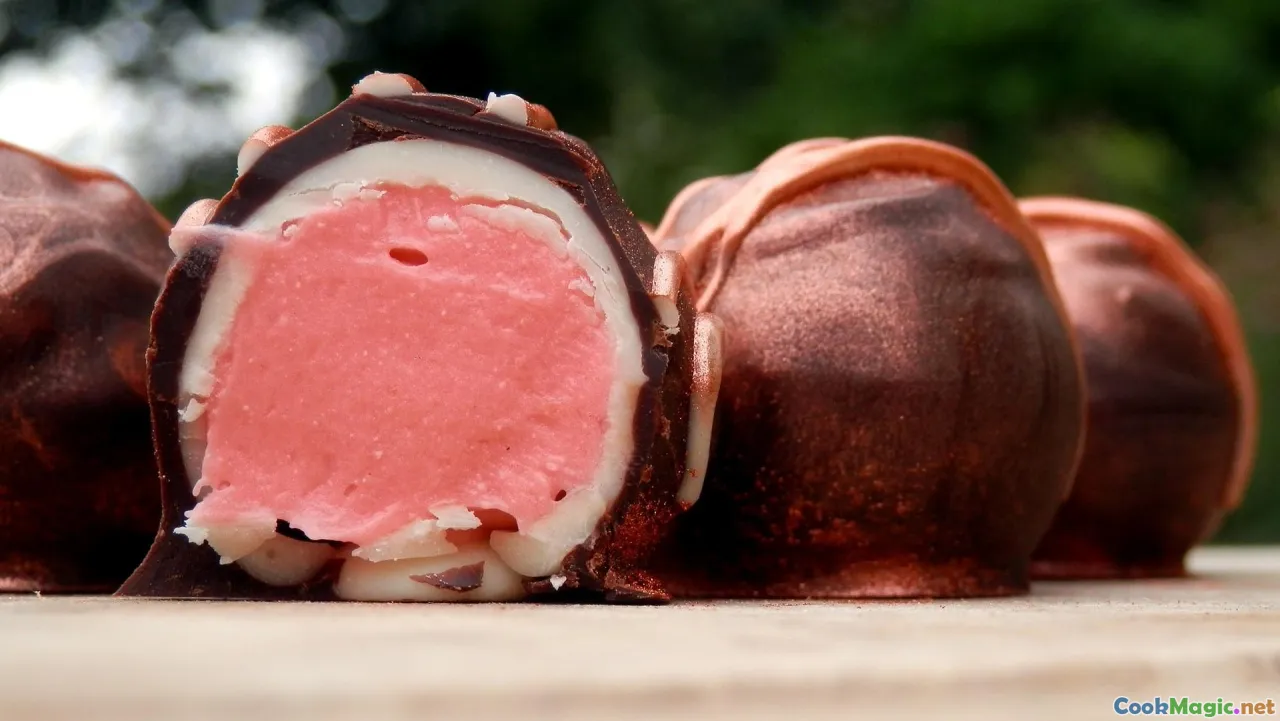
Understanding the Role of Epis in Haitian Cooking
As the aroma of spicy, fragrant stews wafts through the streets of Port-au-Prince and the mouthwatering sizzle of fried plantains fills the air, one ingredient emerges consistently at the heart of Haitian culinary culture: epis. This bold, complex seasoning blend is much more than just a condiment—it's an embodiment of Haiti’s deep-rooted history, vibrant traditions, and the soulful spirit of its people. To truly appreciate Haitian cuisine, understanding the role of epis is essential. It’s a gateway into the island’s soul, a tapestry woven with flavors, stories, and ancestral memories.

The Soul of Haitian Cuisine: What is Epis?
At its simplest, epis (pronounced eh-PEE) is a vibrant blend of herbs, spices, aromatics, and oil that forms the foundational marinade and flavor base for countless Haitian dishes. It’s akin to a cultural signature—each family, chef, and region may have its own variation, but at its core, epis captures the spirit of Haitian cooking.
Traditionally, epis combines ingredients like recao (also known as culantro leaves), parsley, thyme, scallions, garlic, Scotch bonnet peppers, peppers, and sometimes ginger or peppers for that fiery kick. These ingredients are finely blended into a lush paste—sometimes slightly chunky, sometimes velvety smooth—that coats meats, fish, vegetables, and legumes, infusing every bite with richly layered flavors.
Historical and cultural significance: Haiti’s agricultural landscape, rich with tropical herbs and fiery peppers, birthed the creation of epis. Historically, it echoes the resilient spirit of enslaved Africans who, through ingenuity, transformed simple local herbs into powerful seasoning blends, turning everyday meals into celebrations of survival and culture.

How to Make Authentic Epis: A Step-by-Step Guide
Creating genuine epis is an art, blending sensory intuition with tradition. Here’s a glimpse into the process that embodies Haitian culinary craftsmanship.
Ingredients:
- 1 cup recao (culantro) leaves
- 1 cup parsley
- 1 large onion, chopped
- 4 scallions
- 4 cloves garlic
- 2 Scotch bonnet peppers (or habaneros for milder heat)
- 1 teaspoon fresh thyme
- 1 teaspoon salt
- 2 tablespoons vegetable oil (preferably haitian crops like napoléon or palm oil)
- Juice of Half a lime (optional, for brightness)
Method:
- Prepare the herbs and aromatics: Wash recao, parsley, scallions, and thyme thoroughly. Roughly chop the garlic, onion, and peppers.
- Blend the ingredients: In a blender or food processor, combine the herbs, onions, garlic, peppers, thyme, salt, and a splash of oil. Process until you achieve a smooth, vibrant paste. Scrape down the sides as needed.
- Adjust textures and flavors: Add more oil for a silkier consistency or more peppers for heat. Taste and adjust salt or lime juice to brighten flavors.
- Store properly: Transfer epis into a sterilized jar. Cover with a thin layer of oil to preserve.
Making epis is both an intuitive and communal act—families often hand down recipes, each adding a personal touch, making it a living tradition.
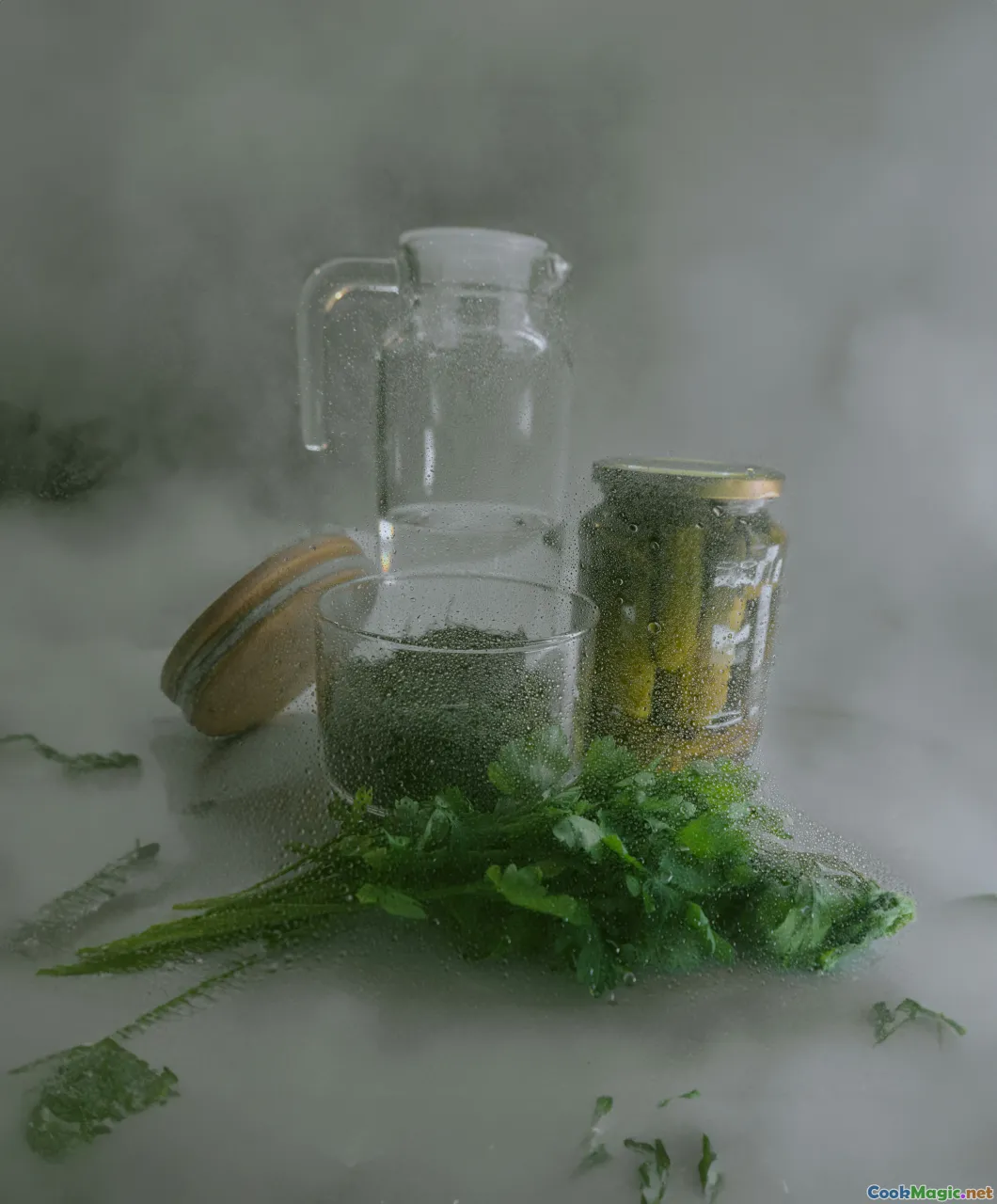
How Epis Climbs to Center Stage in Haitian Dishes
Epis isn’t merely a seasoning, but a catalyst that elevates ordinary ingredients into extraordinary dishes:
1. Griot (Marinated Fried Pork):
Marinated with epis, pork shoulder or ribs soak up the bold flavors before being fried, creating a crunchy exterior and tender interior imbued with spicy, herby notes.
2. Legume (Vegetable and Bean Stew):
A hearty, thick stew combining kidney beans, eggplant, plantains, and salt cod, with epis acting as the backbone that layers flavors and provides depth.
3. Poulet en Sauce (Chicken in Sauce):
Sautéed chicken coated in epis, then simmered with vegetables, producing a fragrant sauce with a balanced fiery-hot sweetness.
4. Tassot (Fried Beef or Goat):
Meat marinated overnight in epis before frying to develop a tantalizingly spicy, herbal crust.

Variations and Regional Flavors
Haitian epis is flexible, with variations tailored to regional palate and available ingredients:
- Spicy and Hot: Extra Scotch bonnet peppers for those who love their food fiery.
- Herbal and Earthy: Increased parsley and thyme for a more aromatic profile.
- Smoky: A dash of smoked paprika or roasted peppers introduces a smoky note.
In some coastal regions, episodes incorporate local herbs like bays or additional citrus zest, vividly reflecting Haiti’s diverse geography.
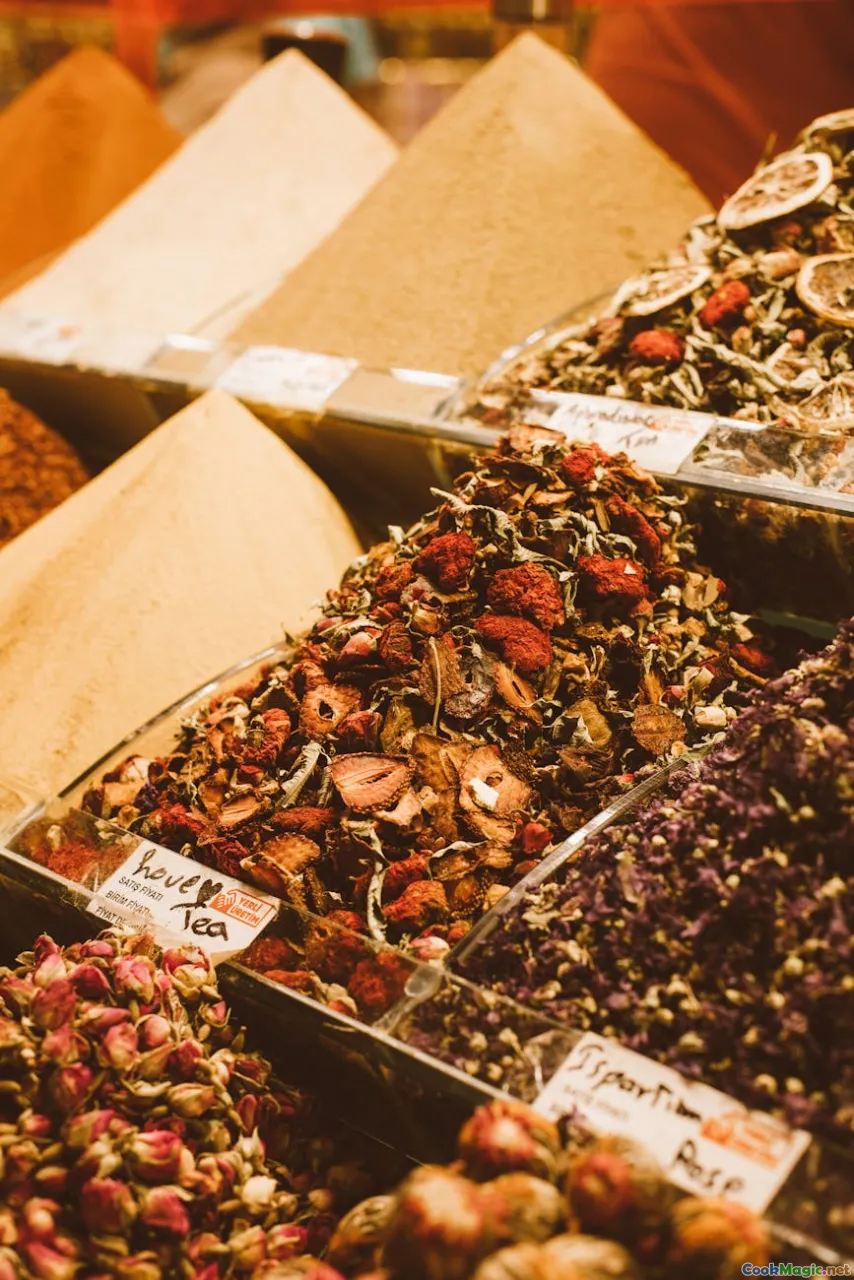
Preserving and Using Epis
Proper storage ensures epis retains its vibrant flavor for weeks:
- Keep in a clean, airtight jar,
- Cover the surface with a thin layer of oil,
- Store in the refrigerator.
Use epis generously—rub it on meats, stir into soups, or incorporate into sauces. The presence of epis in a Haitian kitchen signals love, tradition, and a celebration of flavor.
Personal tip: Making epis is as much about intention and feeling as it is about ingredients. Take a moment to inhale the fragrant punch of herbs and peppers—your culinary ancestors’ spirits are whispered in every whiff.

The Emotional and Cultural Echo of Epis
Epis resonates beyond simply flavor; it embodies resilience, community, and Haitian pride. It’s a testament to generations who have preserved this culinary art amid adversity, turning raw herbs into a symbol of cultural identity.
In bustling marketplaces of Cap-Haïtien or Jacmel, elders often sit cooking with epis-laden pots, sharing stories alongside fragrant steaming dishes, weaving memories into every meal.
Whether made for a family Sunday feast or a modest street-side snack, epis always carries a piece of Haiti’s heart.
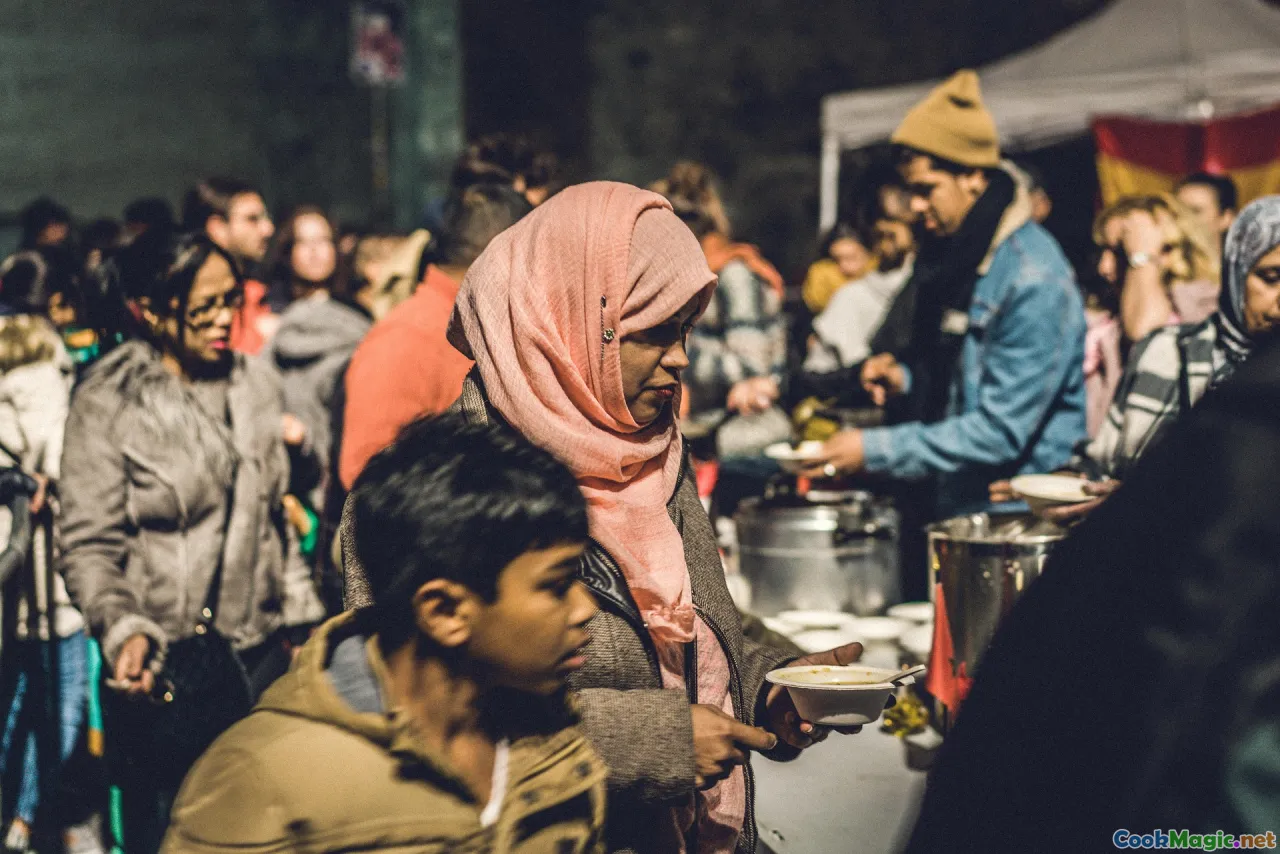
A Personal Reflection: When Flavors Tell a Story
I recall my first encounter with Haitian epis during a visit to a local Dakar street corner in Port-au-Prince. The air was thick with spice, garlic, and earthiness—the aroma alone was enough to steal a dozen minutes from time.
The woman preparing a simple spread of fried plantains with a dollop of epis told me it was her grandmother’s recipe, passed down through generations, sealed with love and resilience. The vibrant green paste, bursting with fresh herbs, was far more than seasoning; it was heritage bottled. The fiery heat of Scotch bonnet peppers woke my senses, awakening a profound respect for this culinary cornerstone.
That moment deepened my understanding—epis isn’t just about taste; it’s a living link to history, community, and the Haitian soul.
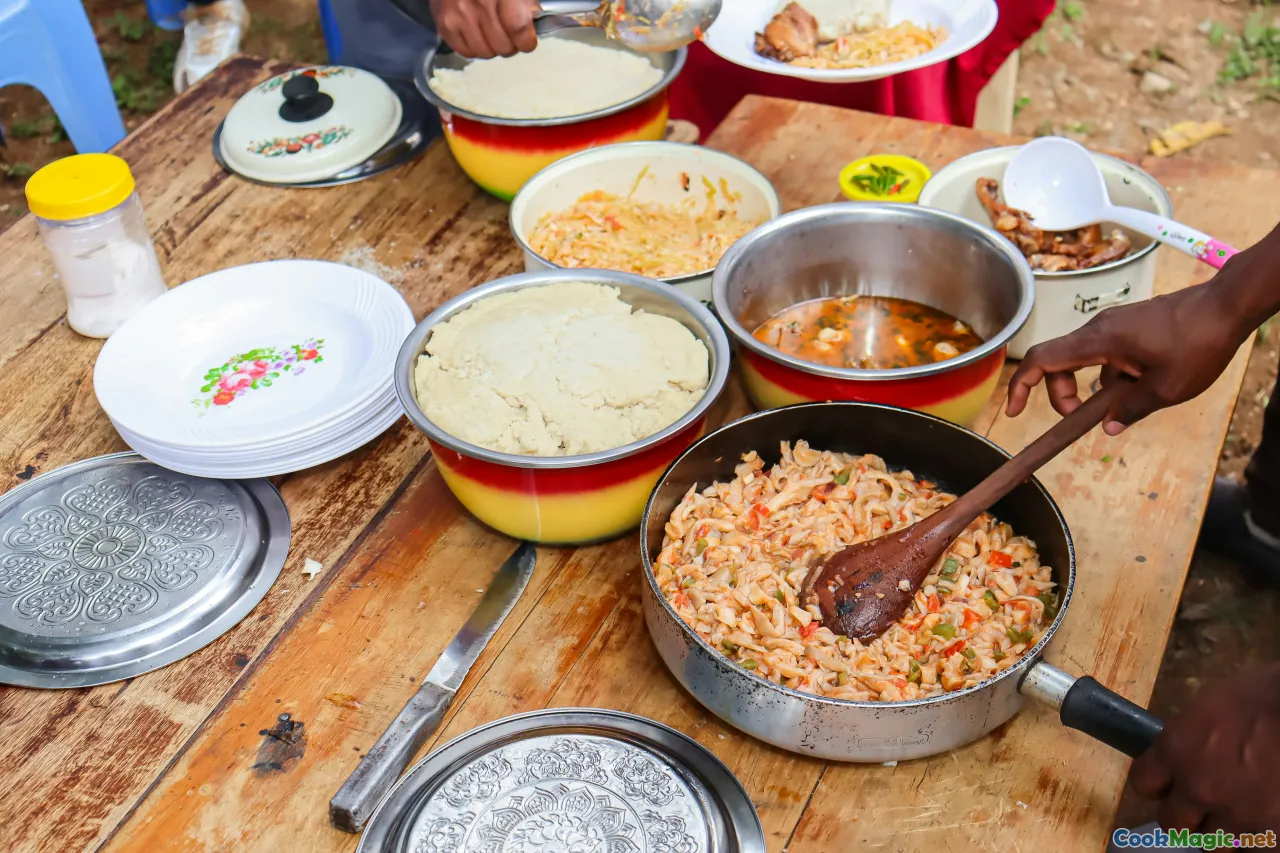
In exploring Haitian cuisine, the humble but mighty epis reveals itself as an indispensable ingredient—a flavorful testament to resilience, creativity, and cultural identity. It is, in every sense, the heartbeat of Haitian cooking, transforming simple ingredients into stories and memories seasoned with love.
May your own culinary journey lead you to embrace its fiery spirit and aromatic warmth, savoring more than a taste, but a vibrant story told one spoonful at a time.









